No matter how many models and design features of cars are, they can be divided into several groups, types or classes. We will tell later on in what article exactly on the grounds of which the mentioned separation occurs.
Car classification
Vehicles, depending on their purpose, can be divided into certain types:
- cars;
- Buses
- motorcycles;
- trailers;
- semitrailers.
The main types of cars - cars and trucks. And the first of them includes vehicles with no more than 9 seats, including a driver’s. They are designed to carry people and their luggage.
Cars, in which goods are transported or special equipment is installed, are called trucks.
In more detail, each of the groups of cars is divided by purpose, by overall dimensions, by design features (layout), body type, as well as by type and engine size.
Destination classification of trucks
By purpose, trucks are divided into three main groups:
- General purpose vehicles. These cars are designed to move goods along public roads, on which there are restrictions on axial load.
- Special cars. They have special equipment installed on the truck chassis: truck cranes, concrete mixers, fire tanks, aerial platforms.
- Specialized. These trucks are designed to transport certain types of cargo. Examples of them are container ships, dump trucks, tanks.
Tipper trucks are the most common type of specialized trucks. Bulk and bulk cargoes are unloaded by tipping a platform with sides. These machines are divided into groups according to dimensions and axial load.
Dump trucks are universal, agricultural and construction trucks. Their carrying capacity can be from 1.5 to 45 tons.

Off-road is a mining truck. Their task is to export rock and building materials from quarries in which minerals are mined opencast. These are the largest trucks. They can carry up to 400 tons of rock, but cannot move on roads due to restrictions on weight and size. To the place of work are delivered disassembled.
Classification of trucks by capacity and layout
Trucks can be classified according to several criteria. The main feature by which these vehicles are divided into groups is the carrying capacity. The number of axles is directly connected with it, because the load of one axis on the road is regulated by law and should not exceed a certain value. Therefore, the greater the mass of the transported cargo, the more axles the truck should have.
Car carrying capacity is defined as follows:
- especially small if it can carry less than a ton of cargo;
- small - 1-2 tons;
- average - 2-5 tons;
- large - 5 tons;
- especially big.
The last group includes mining dump trucks, the carrying capacity of which is significantly higher than the limits established by the weight restrictions on the roads. 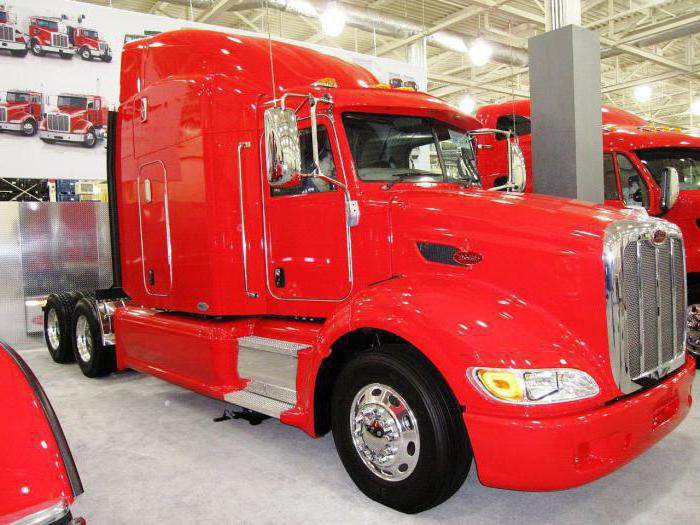
Now, in connection with the development of international safety requirements by special commissions at the UN, there is a generally accepted classification of trucks. By European standards, car classes, in accordance with the full mass, look like this:
- N1 - up to 3.5 tons;
- N2 - from 3.5 to 12 tons;
- N3 - from 12 t.
In the United States, trucks are further divided into eight classes in terms of total weight.
Classification of trucks by body type
There is a very detailed classification of trucks and body type. The car body can be open, like a dump truck, or closed, like a container.
The first, both in terms of time of use and prevalence, is on-board. So they say, when the space of the cargo platform is limited on four sides by sides, which can be folded down if necessary.
If, on special removable ribs, a fabric awning is stretched over the body to protect the cargo from the weather and prying eyes, then this is a tented body.
Instead, an all-metal wagon with lockable doors can be installed. On its base isothermal bodies with heat-insulating protection are made, which protect cargo from sudden temperature changes.
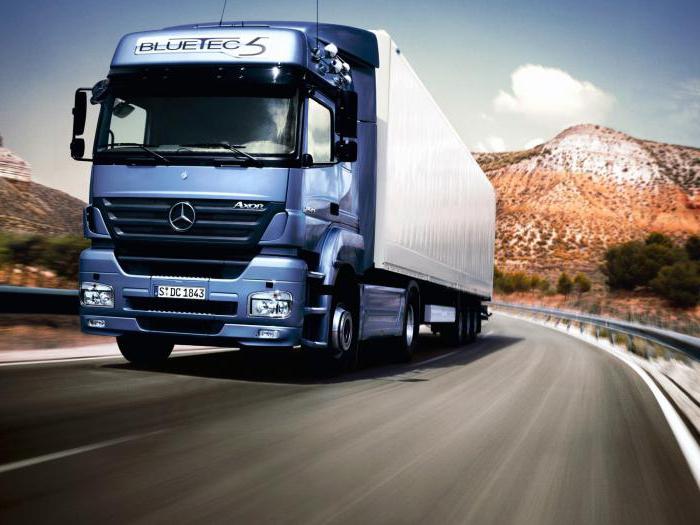
An insulated body with an air conditioning system inside is already a refrigerator intended for the transportation of perishable goods over long distances. In turn, refrigerators are divided into 6 classes, depending on the temperature range.
A separate body type is tanks. They can be steel or aluminum, vary in shape, size and number of sections inside, have pumps and other additional equipment.
A cargo platform is specially equipped for car transporters carrying several cars, as well as for container ships and timber trucks.
Tractors as a separate type of freight transport
Truck tractors are also trucks designed to transport semi-trailers and trailers. Instead of a body on them, a special saddle is installed for a quick change of the trailer. In Australia, with its open spaces, there are couplings of five trailers with a total mass of more than 100 tons.
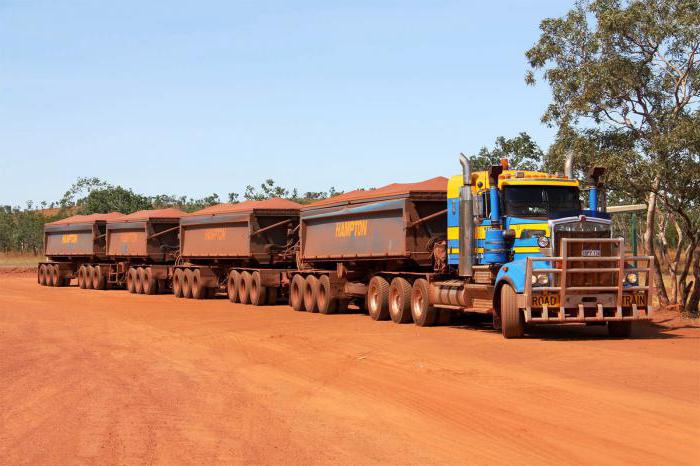
Car types vary in layout. So, American truck tractors are performed according to the classic layout - bonnet. Europeans have an engine under the cab, increasing the useful length of the road train.
For towing particularly heavy loads, ballast tractors are used. They have a shortened body filled with ballast to increase traction.
Delivery Trucks
The class N1, mentioned earlier, includes the so-called delivery trucks. Their carrying capacity is less than 2 tons. The layout is wagon or semi-hood. Car types vary in body shape.
Delivery trucks are equipped with an all-metal van with hinged rear and sliding front doors. By the way, pickup trucks, which are located on the border of trucks and cars, are a subspecies of delivery trucks.
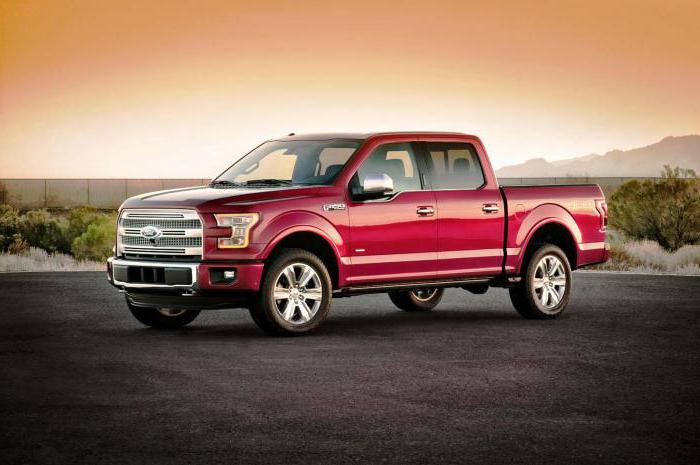
This is either a modification of cars with a cargo platform instead of the trunk and rear seats that are found on the roads of Europe, or special models of the frame type with a cabin that can accommodate 2-3 or 5-6 people.
Russian delivery trucks are the Gazelle and Sobol families of the Gorky Automobile Plant. Pickups and vans IzhAvto, UAZ and VAZinterService are produced.
Classification of cars by engine and drive type
The types of trucks for the engine and fuel for him usually do not share - there are many other criteria. But cars can be divided into groups according to the type of engine:
- gasoline;
- diesel.
Diesel engines are more technologically advanced, environmentally friendly and economical in operation, but they are more expensive than gasoline ones. They are reliable, but demanding on the quality of fuel, especially in cold weather. Cars with gasoline engines accelerate faster and to high speeds.
The main classes of cars according to the domestic classification are determined depending on the engine size in cubic centimeters or liters as particularly small, small, medium and large. The latter is divided into business and luxury cars. The domestic auto industry produced in the large class with an engine capacity of more than 3.5 liters only the government Chaika and ZiL.
Mini-cars, the engine capacity of which is slightly more than one liter (Oka VAZ-1111), belong to a particularly small class.
Small class - cars with an engine from 1.1 to 1.8 liters - these are all other domestic cars, with the exception of the Volga, which belonged to the middle class (1.8-3.5 liters).
Car types can also be determined by the type of drive:
- rear-wheel drive, with driving rear wheels;
- front-wheel drive, with a leading front pair of wheels;
- all-wheel drive.
The first Russian front-wheel drive car was the VAZ-2108, and all-wheel drive, without the ability to disable this function, was the Niva.
Classification of cars by body type
Body type - the most common criterion by which cars differ. It is classified by a combination of three volumes (passenger compartment, luggage compartment and engine) and by design features.
Depending on the presence of a roof, cars are divided into closed (sedan, coupe, hardtop, fastback, hatchback, station wagon, limousine), open, with an opening or removable roof (convertible, chaise, brogues), as well as into cars with a partially folding or removable top (landau, targa and pickup).
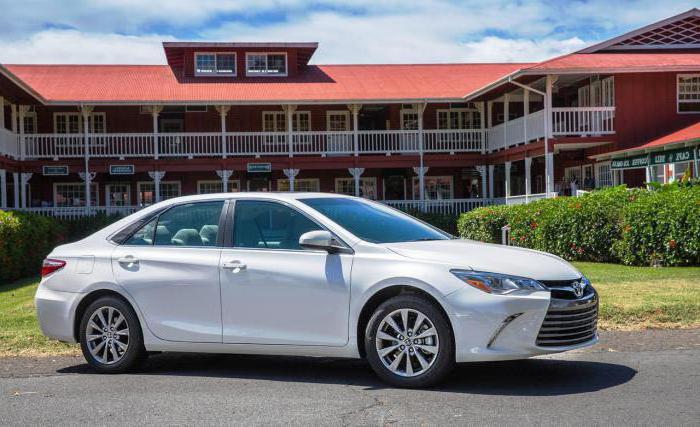
The most common:
- a sedan with a three-volume body, two or three rows of seats, side doors can be two, four or six;
- compartment with two or three volumes, two doors and two rows of seats, (the rear can be cramped);
- hatchback with a two-volume body and a large rear door. Due to the rear seats, the luggage compartment here can be significantly increased;
- station wagon, with a body not separated by a stationary partition into the passenger and luggage compartments, and a door at the rear. A variation is a minivan with a higher suspension;
- a limousine whose body has a partition behind the front seats;
- convertible, in which the roof is folded and the side windows are lowered (the windows are removed in the chaise).
Types of Cars
Leading foreign automotive publications divide cars into four types according to their functionality.

- General purpose vehicles designed for driving on paved roads. The basic models of this type are a three-volume (sedan) and two-volume (hatchback) body. On their basis coupes, station wagons, convertibles and even pickups and vans are created. As a rule, these machines are designed for 4-5 places, their overall height is from 1.3 to 1.47 m.
- Station wagons (English abbreviation APV). These are cars with a capacity of up to 7 people and a large luggage compartment. The height of these cars is up to 1.85 m. The power unit, steering and suspension are borrowed from general purpose vehicles. Bright representatives of this type are Chrysler Voyager, Renault Espace, Chevrolet Lumina APV.
- Off-road vehicles or, in other words, jeeps and SUVs with high, up to 0.2 m ground clearance, all-wheel drive, short overhangs and a base. Overall height due to the high landing of passengers up to 2 m.
- Sports cars with a powerful engine, often two-seater with the lowest possible landing and a roof height of not more than 1.33 m.
Classification of cars by overall dimensions
In Europe, by body type, there are only 4 groups of cars and six in size.
Mini-cars belong to class A (especially small). These babies, with a small trunk, nimble and economical, are convenient for trips and parking in large cities (Smart, for example).
Small class B is a hatchback type car body with two or four doors of small dimensions. For example, Hyundai Getz or Ford Fusion.
Small Middle C, in honor of the founder of this intermediate class VW Golf, is also called the "golf class." It can also include Renault Megane and Opel Astra.
The middle class D includes cars with the optimal ratio of dimensions, comfort and price - Ford Mondeo, Opel Vectra or the more expensive Jaguar X-type.
The highest middle E includes business class cars with a high level of comfort and quite impressive dimensions, for example, Nissan Maxima, Audi A6, Peugeot 607.
Luxury cars are considered to be higher F - representative cars like Rolls-Royce Phantom or sports cars like Jaguar XJ.
Body type - the criterion by which non-class cars are divided into coupes / convertibles (small, sports, stylish Ferrari or Opel Speedster), SUVs (multipurpose front-wheel passenger or utility vehicles Volvo XC70, Nissan Patrol, Ford Expedition), minivans / UPV (with up to nine seats, like Nissan Quest or Renault Kangoo) and crossovers.

Types of cars and their classification according to various criteria is a rich topic, which has many interpretations and interpretations. The purpose, type of engine, design features, comfort, price and many other criteria combine vehicles into groups that do not coincide in different countries.
Even the division into cars and trucks (it would seem, which is much simpler) is arbitrary. After all, the more cars there are, and the more manufacturers try to satisfy consumers, the more difficult the classification becomes.









Cargo transportation and relocation throughout Russia
We transport goods of any complexity from 100kg and from 200km
All information on our website www.avtogruz-yug.ru
And also, have time to participate in the action!
Waiting for you!